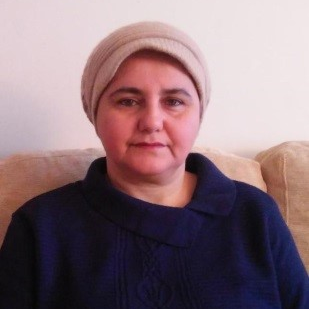Application of Environmentally Friendly Technologies in Green Processes
A special issue of Processes (ISSN 2227-9717). This special issue belongs to the section "Environmental and Green Processes".
Deadline for manuscript submissions: closed (15 January 2024) | Viewed by 28719
Special Issue Editors
Interests: development of combined processes for the removal of organic pollutants in effluent wastewater ; bioproduction of energy or biobased materials from biomass (biowaste, macro-algae, etc.)
Special Issues, Collections and Topics in MDPI journals
Interests: environmental engineering; combined processes; biological treatment; advanced (electrochemical) oxidation processes
Special Issues, Collections and Topics in MDPI journals
Special Issue Information
Dear Colleagues,
The treatment of wastewater by activated sludge, known as conventional biological treatment, is widely developed. However, the removal efficiency is very low for biorecalcitrant compounds such as dyes, residue of drugs, pesticide, and hydrocarbons. Furthermore, novel processes must be developed and the consumption of energy reduced in order to reduce the environmental footprint of the processes. Thus, several improvements are possible, for example, through the development of green catalysts in advanced oxidation processes or the use of biobased materials and green energy production residues such as biochar which results from the pyrogasification of wood biomass. Another strategy is to combine wastewater treatment and energy bioproduction directly on the wastewater treatment plant site.
This Special Issue on “Application of Environmentally Friendly Technologies in Green Processes” aims to curate novel advances in the development and application of green processes in the field of the treatment of wastewater and organic micropollutants in the factory of the future.
Topics include but are not limited to:
- Development of new green catalysts;
- Improvement of biological treatment through the addition of biochar;
- Production of bioenergy combined with wastewater treatment;
- Biobased materials in wastewater treatment.
Prof. Dr. Hayet Djelal
Prof. Dr. Abdeltif Amrane
Prof. Dr. Nabila Khellaf
Guest Editors
Manuscript Submission Information
Manuscripts should be submitted online at www.mdpi.com by registering and logging in to this website. Once you are registered, click here to go to the submission form. Manuscripts can be submitted until the deadline. All submissions that pass pre-check are peer-reviewed. Accepted papers will be published continuously in the journal (as soon as accepted) and will be listed together on the special issue website. Research articles, review articles as well as short communications are invited. For planned papers, a title and short abstract (about 100 words) can be sent to the Editorial Office for announcement on this website.
Submitted manuscripts should not have been published previously, nor be under consideration for publication elsewhere (except conference proceedings papers). All manuscripts are thoroughly refereed through a single-blind peer-review process. A guide for authors and other relevant information for submission of manuscripts is available on the Instructions for Authors page. Processes is an international peer-reviewed open access monthly journal published by MDPI.
Please visit the Instructions for Authors page before submitting a manuscript. The Article Processing Charge (APC) for publication in this open access journal is 2400 CHF (Swiss Francs). Submitted papers should be well formatted and use good English. Authors may use MDPI's English editing service prior to publication or during author revisions.
Keywords
- environmentally friendly processing
- wastewater
- advanced oxidation processes
- biological processes
- phytoremediation processes
- green catalysts
- biochar
- biobased materials
- bioenergy
- energy efficiency







